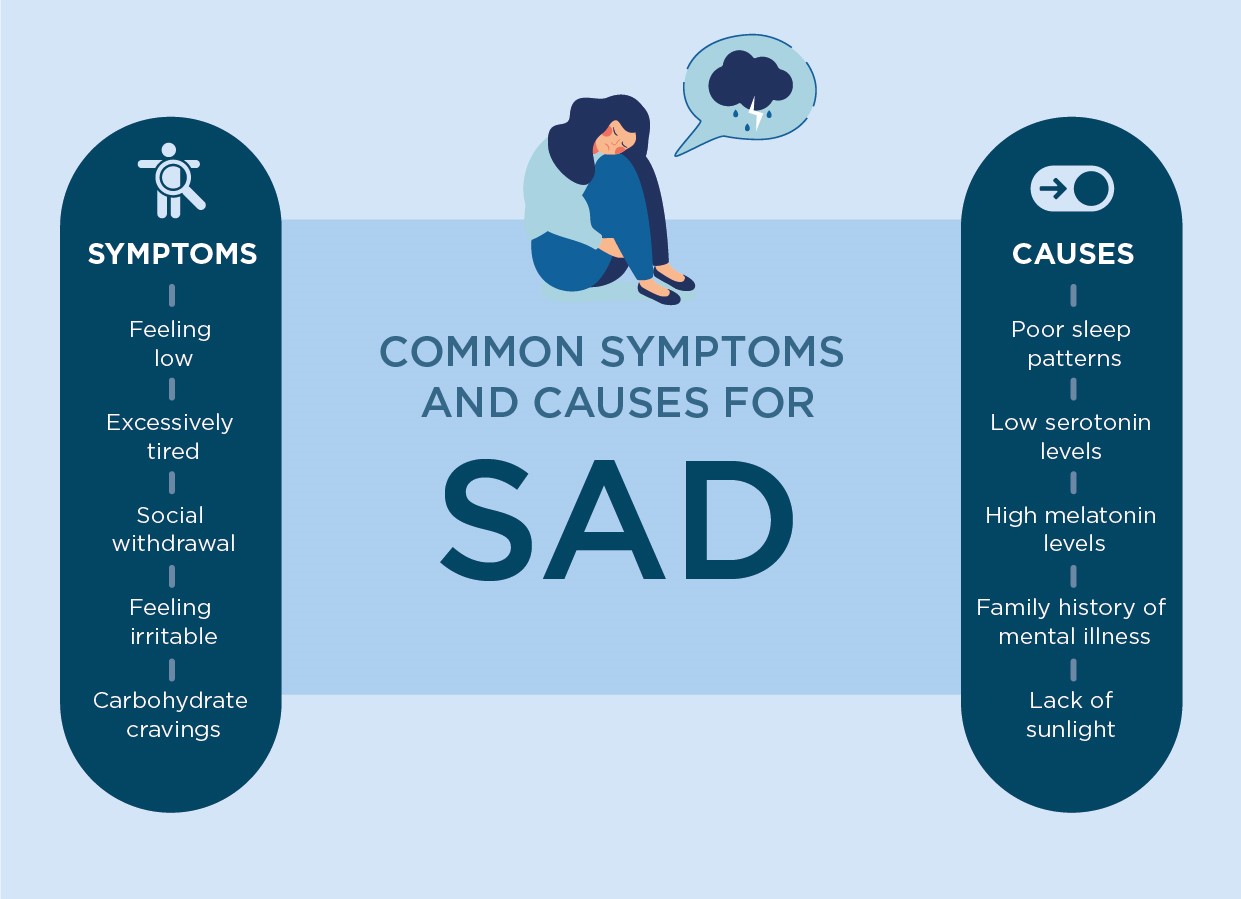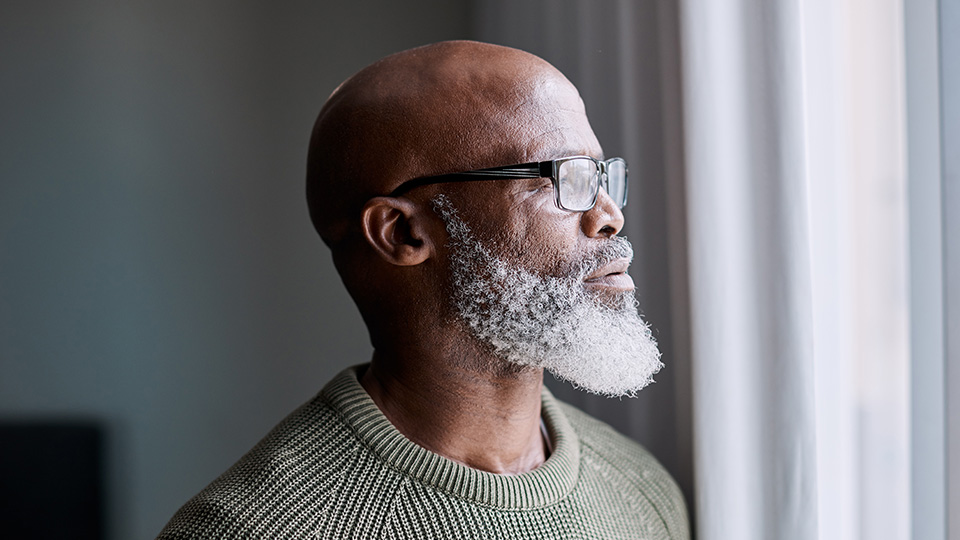Seasonal affective disorder (SAD): symptoms, causes and treatment
Struggling with seasonal depression? Our experienced specialists are here to help you manage the symptoms of SAD and regain control of your life.
Take the first step towards brighter days with personalised SAD treatment – book your free assessment today.


 The signs and symptoms of SAD will typically occur at a similar time every year, usually during the autumn and winter months when there's less sunlight. They include:
The signs and symptoms of SAD will typically occur at a similar time every year, usually during the autumn and winter months when there's less sunlight. They include:






